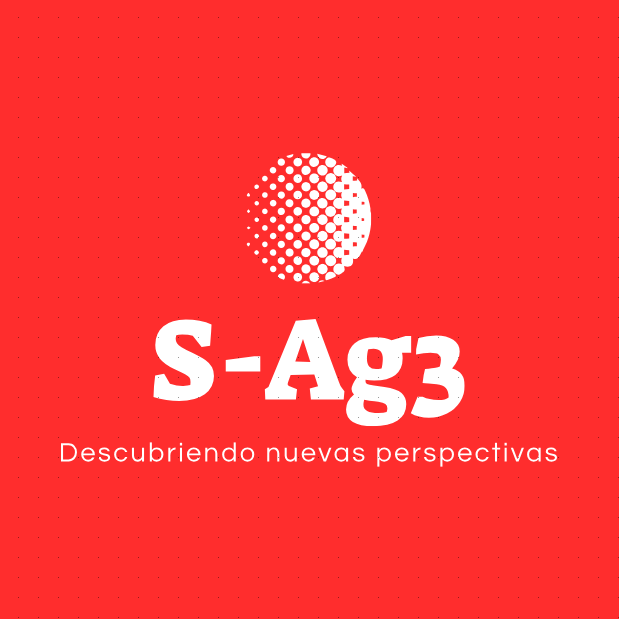
Transport Theory, Vogel Method
The "Study Guide: Transportation Theory and Vogel's Approximation Method" is a comprehensive
document designed to introduce and explain the fundamentals of transportation theory and the Vogel's Approximation Method (VAM) for solving transportation problems. The guide is structured into several key sections to provide a clear and educational resource.
The document begins with an Introduction to Transportation Theory, where it outlines the core concept of minimizing transportation costs for moving goods from multiple sources (e.g., warehouses) to multiple destinations (e.g., retail stores). It emphasizes the use of a cost matrix to represent the problem, with rows indicating sources and their supply quantities, columns indicating destinations and their demand quantities, and each cell containing the unit transportation cost. The section also notes the importance of a balanced problem (where total supply equals total demand) and the addition of dummy sources or destinations with zero-cost entries to address imbalances.
The Vogel's Approximation Method (VAM) section introduces VAM as a heuristic technique to find an initial feasible solution. It briefly describes the method’s reliance on penalties to guide cost-saving route selections, though the explanation is truncated. The section includes a practice problem with a table showing costs, supplies, and demands, followed by a step-by-step solution. The steps involve calculating penalties for rows and columns, allocating units based on the highest penalty and lowest cost, updating the table after each allocation, and computing the total cost. The example concludes with specific allocations and a total cost.
pay-what-you-want ;-)

